Visualizing the Zeitgeist
The process of change through cultural contact and the mixture of various populations will probably continue as long as human live on earth, but it will probably never again attain the dramatic proportions that it did in North America in the last few centuries....it will not be repeated in world history until we encounter life on another planet
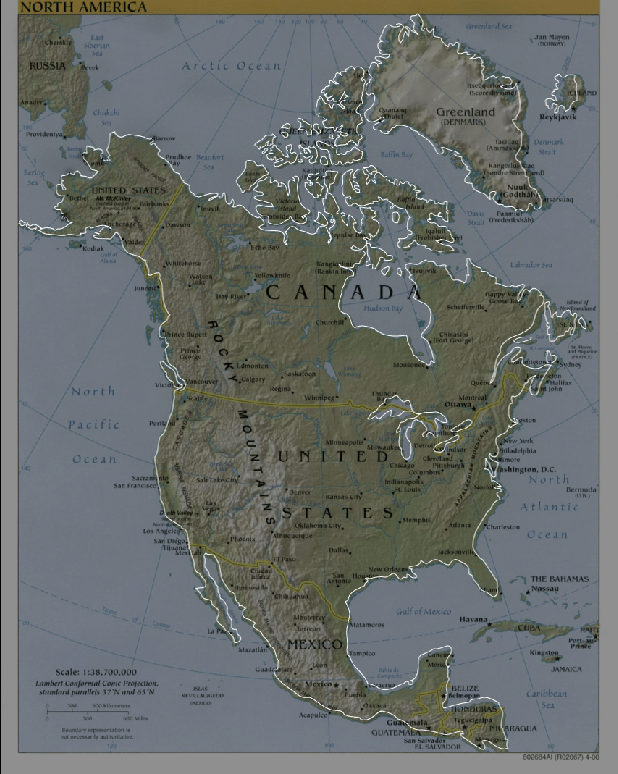
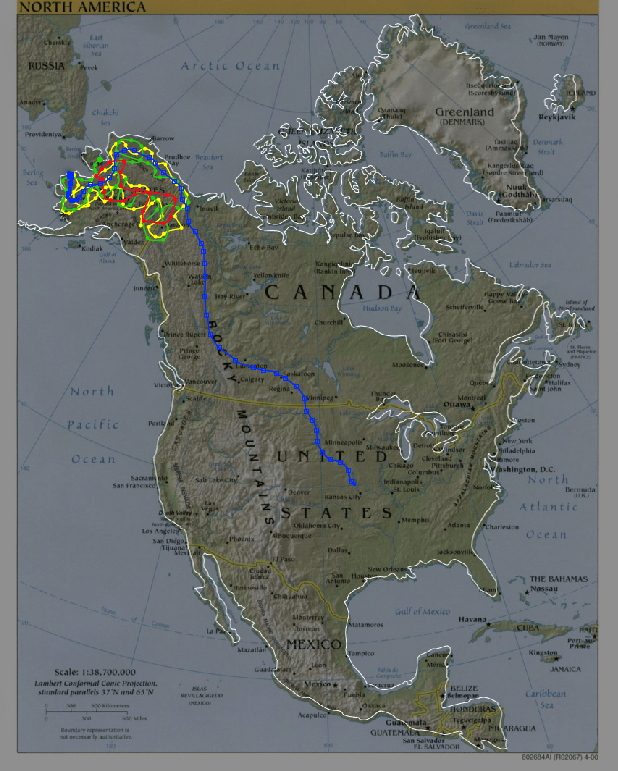
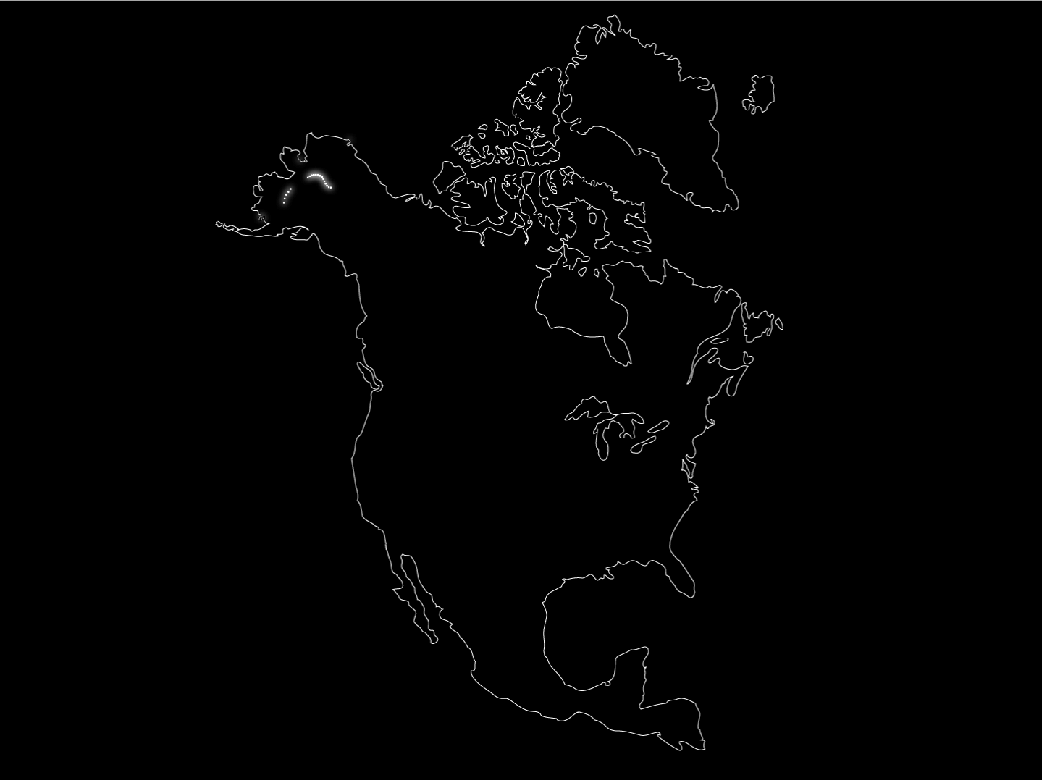
What?
The Zeitgeist (‘spirit of the time’) is defined as the ethos or energy of a human culture at any given time. It represents their way of life from political and economic practices to religions traditions. Ultimately, the goal was to create a visual timeline of social progression and cultural exchange on the continent, based on what is known about the social nature of these early human societies (Waldman, 2000).
Cultural exchange of knowledge, such as agricultural, hunting and building techniques is a paramount aspect of such a social history. As the chronology unfolds, interactions and exchanges between different cultures ought to be emphasized. Those cultures that possessed the best techniques for exploiting the natural environment were more fit (‘successful’) and assimilated neighboring populations, most often, driving the people and their culture towards extinction. Visualizing the Zeitgeist attempts to illustrate this cultural dance as it unfolds through time.
How?
The visualization is a scripted and extremely researched story. In Adobe After Effects, a physical relief map of North America provided the tracing image for a wireframe outline of the continent. As shown below;
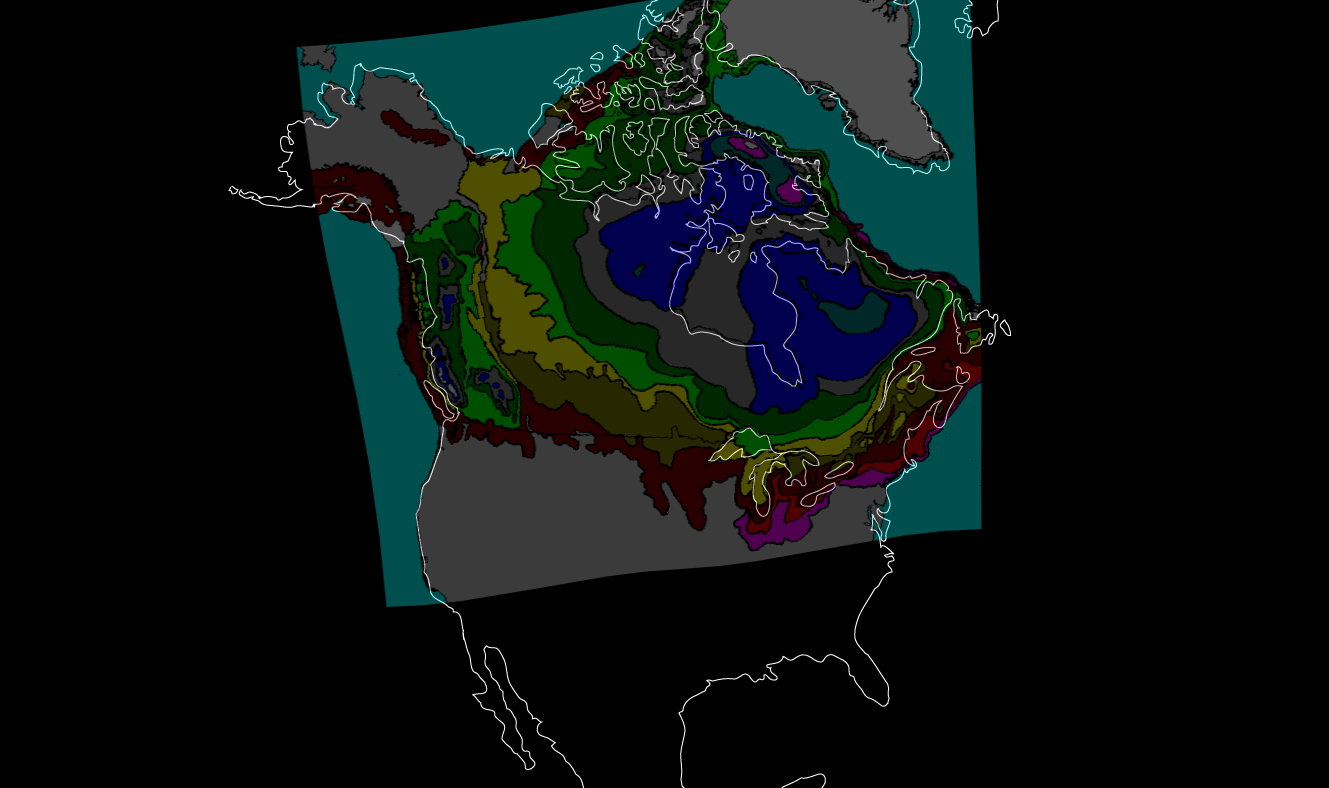
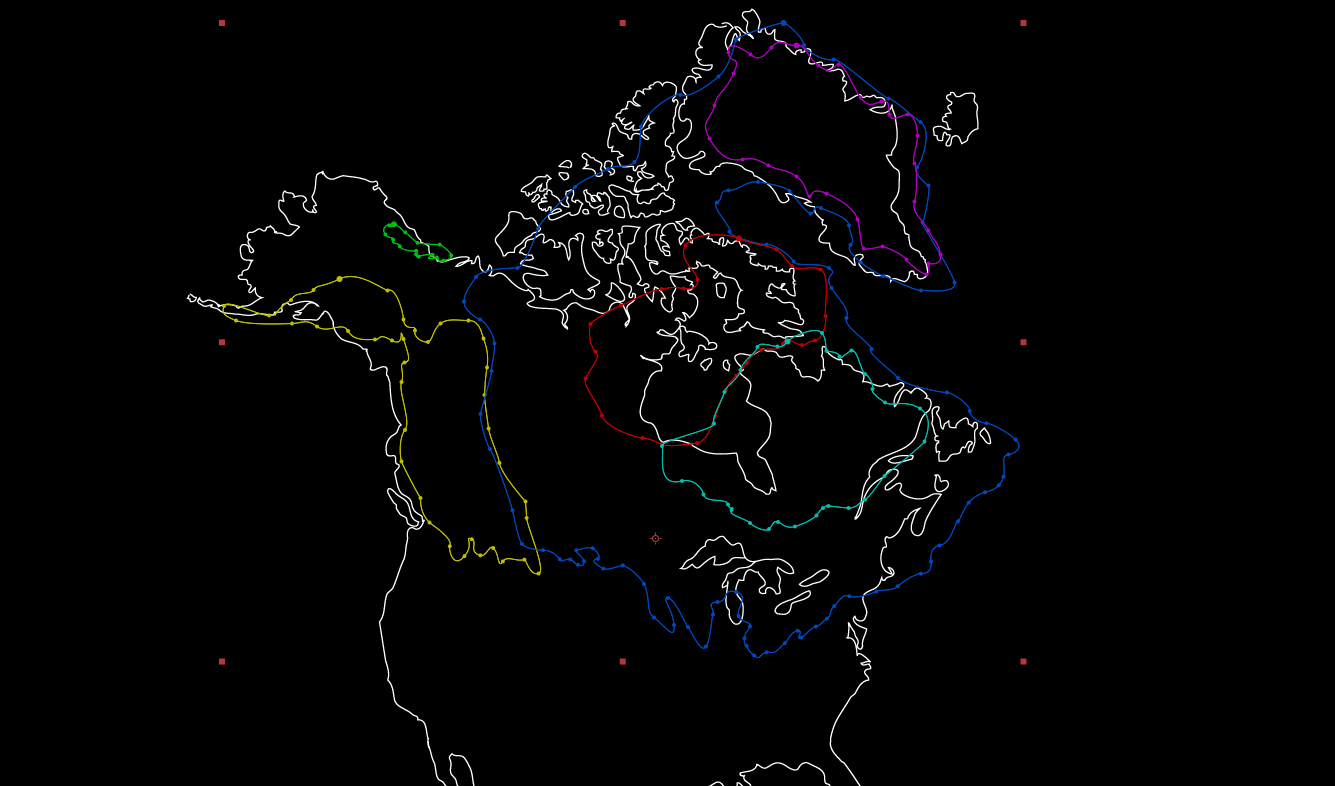

There are a few competing conceptions on the precise nature of the first human migrations onto North America (Fiedel, 2000). The ice-free corridor theory suggests that as these glaciers melted a passageway developed, resulting in the dispersal and colonization of humans across much of North America (Anderson, 2000). By referring to the physical map of North America as a tracing image the dispersal routes were hypothesized based on which route would conserve the most energy. It seems plausible that these early humans choice to hunt in open fields, where prey resides, rather than trek over or across large landmasses. By plotting large data sets noting the precise location of archaeological dig sites a map can be created which properly depicts the locations of major social centers (Buchanan, 2007). Lastly, differences in regional natural resources and artifact dispersal across North America suggest a number of things about social influence and exchange that occurred at any given time between North American cultures (Smith, 2005). All of this information was considered during the development of dispersal routes and colonization localities in Adobe After Effects shown below;
Details
Research
This video spans from 20,000 BC to 5,500 BC and attempts to represent the cultural progression and social interactions of the first humans to migrate and settle in North America.
music credit: disco biscuits - 42 (2007/03/10 Langerado, FL)
